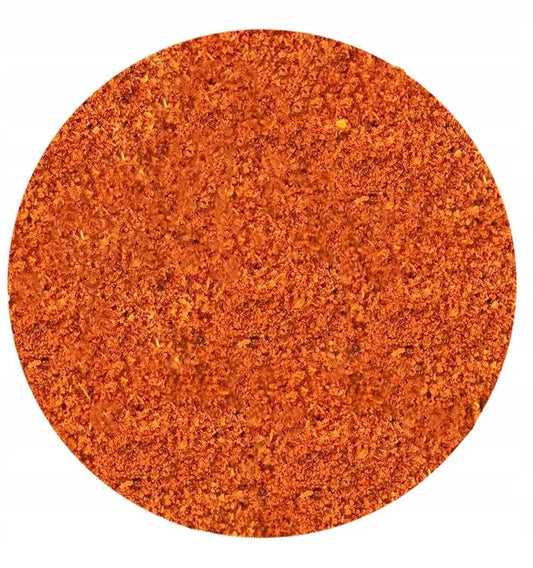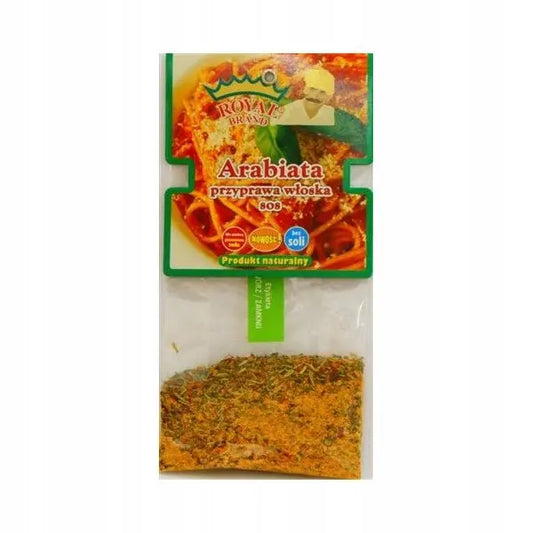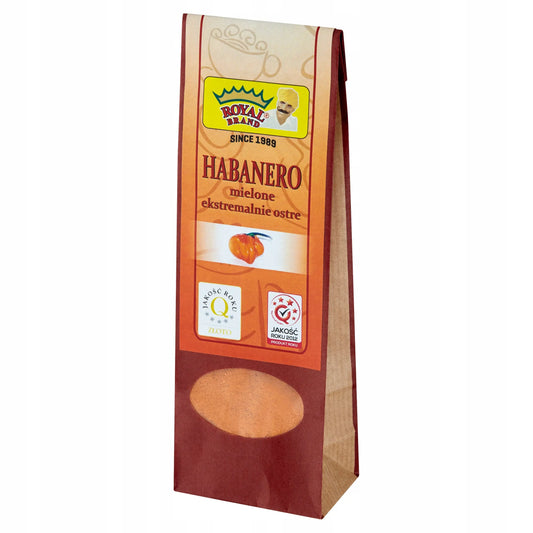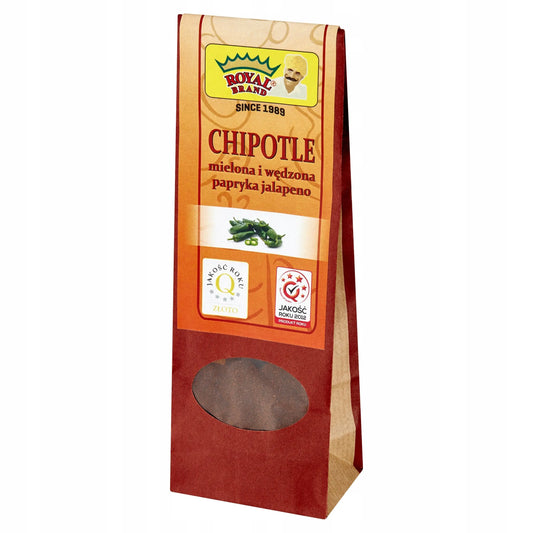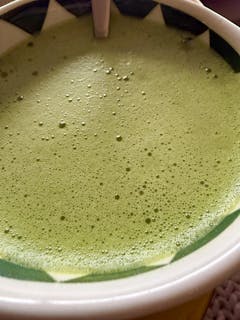Collection: World cuisines spices and more
The variety of spices in world cuisines
The world's cuisines are incredibly diverse, and spices play a key role in them. For example, Indian cuisine uses garam masala, which enriches the taste of dishes, but in Italian cuisine, basil and oregano add freshness to tomato sauces. Spices not only diversify the taste of dishes, but also allow you to discover different culinary cultures. That's why it's important to learn the spices characteristic of each region to enrich our home cooking.
Spices as an Element of Cultural Identity
Spices are also a symbol of cultural identity. For example, Mexican cuisine is dominated by chili and cumin, which give intensity to dishes. In Asian cuisine, ginger and garlic are basic ingredients that give intensity to sauces and soups. Thanks to spices, we can feel like we are traveling through different countries, tasting dishes that are typical of a given region. Spices in the kitchen are nothing more than a culinary map.
How spices affect health
Spices not only enhance the taste of food, but also have a positive effect on health. For example, turmeric is known for its anti-inflammatory properties, and garlic supports the immune system. Whether it's exotic spices like saffron or local ones like dill, each one brings something unique. That's why it's worth experimenting with spices and learning about their benefits, because they can significantly affect our health and the taste of our food.














